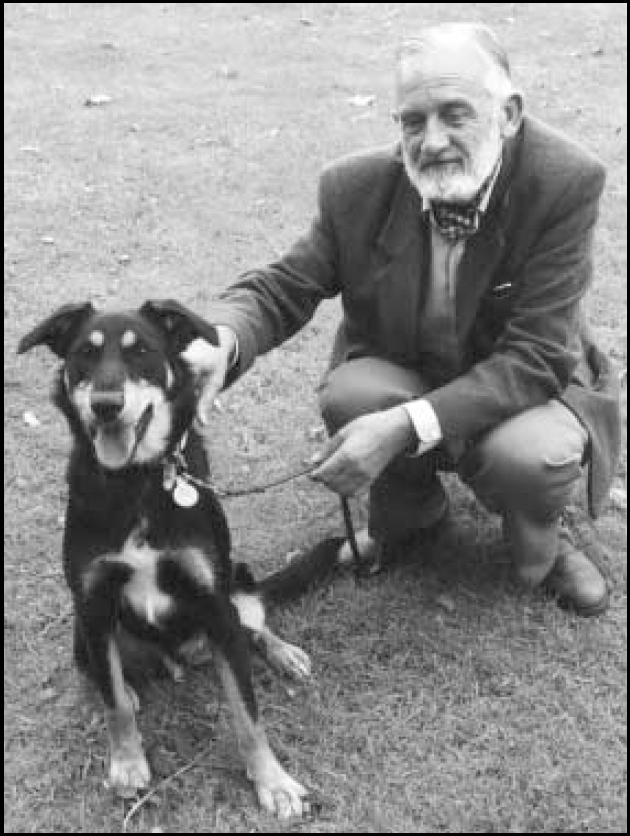
Formerly Senior Lecturer, University of Leeds and Honorary Consultant Psychiatrist, St James’ Hospital, Leeds
Philip Snaith was born in Darlington on 1 May 1933. He was educated at Sedbergh School and Guy's Hospital Medical School, where he qualified in Medicine in 1957. He held training posts for his later career as a psychiatrist in Derby, Haywood's Heath and Leeds. He was awarded his MD by the University of London in 1966.
He was appointed consultant psychiatrist at Stanley Royd Hospital, Wakefield in 1967. He worked in this capacity for 9 years and was much valued as a clinical psychiatrist. He was also an excellent clinical tutor with great interest and skills in the teaching of postgraduate students of psychiatry, and also other mental health staff. He continued with his research in psychiatric measurement, and published extensively.
While working as a consultant psychiatrist in Wakefield, Snaith was a member of the executive committee, and later chairman, of the Leeds Regional Psychiatric Association. He was psychiatric advisor to sections of the Samaritans, initially Wakefield and later Leeds, and also to the Wakefield and District Marriage Guidance Council.
He was awarded Fellowship of the Royal College of Psychiatrists in 1976 and in the same year he was appointed Senior Lecturer in Psychiatry in the University of Leeds and Honorary Consultant Psychiatrist working at St James’ University Hospital. He retired from his post after 21 years, in 1997.
He practised as a general adult psychiatrist with special interests in anxiety disorders and their treatment, the psychiatric aspects and preparation of patients for psychosurgery, and the management of gender dysphoria.
His practical involvement with anxiety disorders developed out of his research interest in the measurement of pathological affect. He had worked with the late Professor Max Hamilton, assisting in the development of the latter's Hamilton Depression Scale. Philip Snaith then developed his own Irritability, Depression and Anxiety Scale (IDA) and Hospital Anxiety and Depression Scale (HAD). Arising from the former, he developed an interest in irritability as a distinct clinical category and persuaded classifiers to include it as a key word. The HAD was introduced especially for the measurement of anxiety and depressive symptoms by non-psychiatrists in a hospital setting, and has been widely used both in hospital and community settings around the world. It has been translated into more than 20 languages and is in very general use for the measurement of anxiety and depression. The original article on the HAD scale, published by Dr Snaith and Dr Tony Zigmond in Acta Psychiatrica Scandinavica in 1983, remains one of the most frequently cited entries in the medical literature.
He developed anxiety control training for those with anxiety disorders, and taught this cognitive behavioural technique to a succession of psychiatric trainees. He also applied this, with excellent results, to help many medical and other students with examination problems resulting from severe anxiety. The affective drive for all Snaith's clinical endeavours was a desire, converted into rational practice, to help the underprivileged and those discriminated against.
It was therefore natural that he would come into psychiatry at a time when its practitioners and patients were not popular with the health professions. When he started in psychiatry, many general psychiatrists gave little attention to, and had little respect for, the problems of patients with non-psychotic disorders. Thus, he championed those with severe anxiety and developed an effective treatment method. He considered, and collected evidence for his belief that a few patients with severe chronic depressive illness benefited substantially from psychosurgery. Against some opposition, he therefore found a surgeon to carry such treatment out and provided an elaborate psychiatric work-up before surgery and a rehabilitation programme afterwards for these patients. His Gender Reassignment Service, developed in the latter part of his career, was similarly a way of providing help to a group of people much disparaged and discriminated against.
Much of his research was on the nature, origins and treatment of neurotic disorders and his book, Clinical Neurosis, first published in 1981, summarised his views. This book has been widely used by psychiatrists and others in mental health disciplines in the United Kingdom, Europe, United States of America and other countries. A second edition was published in 1991 and, despite the loss of the term “neurosis” in ICD-10 and DSM-IV, it remains a valuable work. His technique for anxiety control training is described in his book, jointly written with Professor Andrew Sims, Anxiety in Clinical Practice.
Snaith continued to publish extensively and he made a considerable contribution by introducing psychiatric trainees to research and publication by bringing them into his own research projects, giving them an immense amount of help and giving them generous recognition in the final publication. He served on the Editorial Board of the British Journal of Psychiatry for many years and was Associate Editor, 1987–1990. He was Assistant Editor of the Irish Journal of Psychological Medicine. In the University of Leeds, he supervised many research dissertations for the degree of M Med Sc in clinical psychiatry and made major contributions to the undergraduate medical course. He also taught dental students about psychological aspects of their future work and trained successive cohorts of postgraduate students of psychiatry and clinical psychology in the Yorkshire region.
He had a long-term interest in medical history and was influential in the establishment of the museum of psychiatric history at Stanley Royd Hospital. He was a keen member of Leeds Civic Trust and the Yorkshire Medical and Dental History Society.
Dr Snaith died on 28 November 2003. He is survived by two sons and a daughter, two stepsons and two stepdaughters, three grandchildren and seven stepgrandchildren.



eLetters
No eLetters have been published for this article.